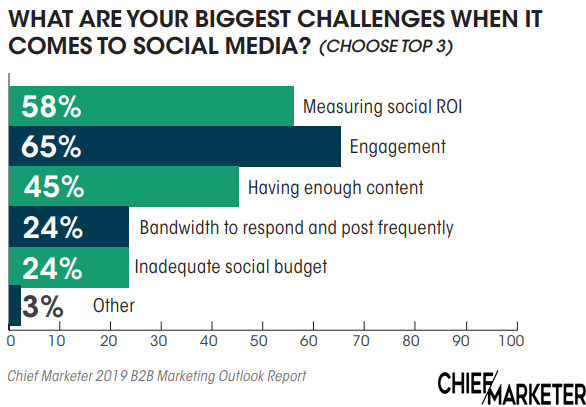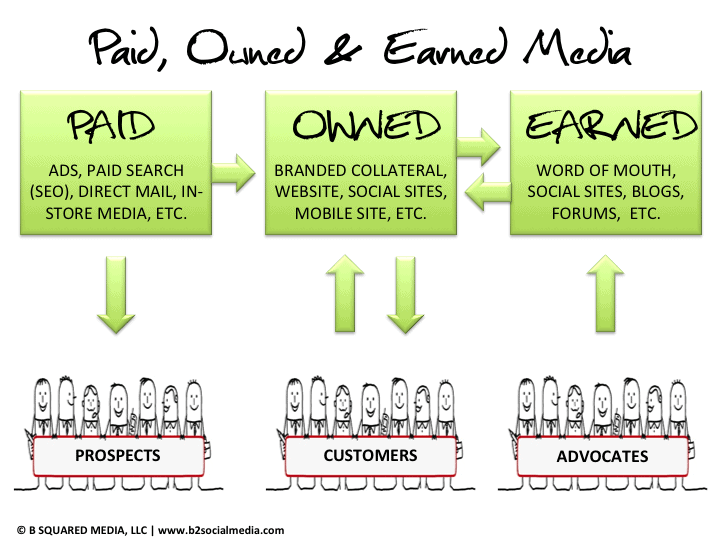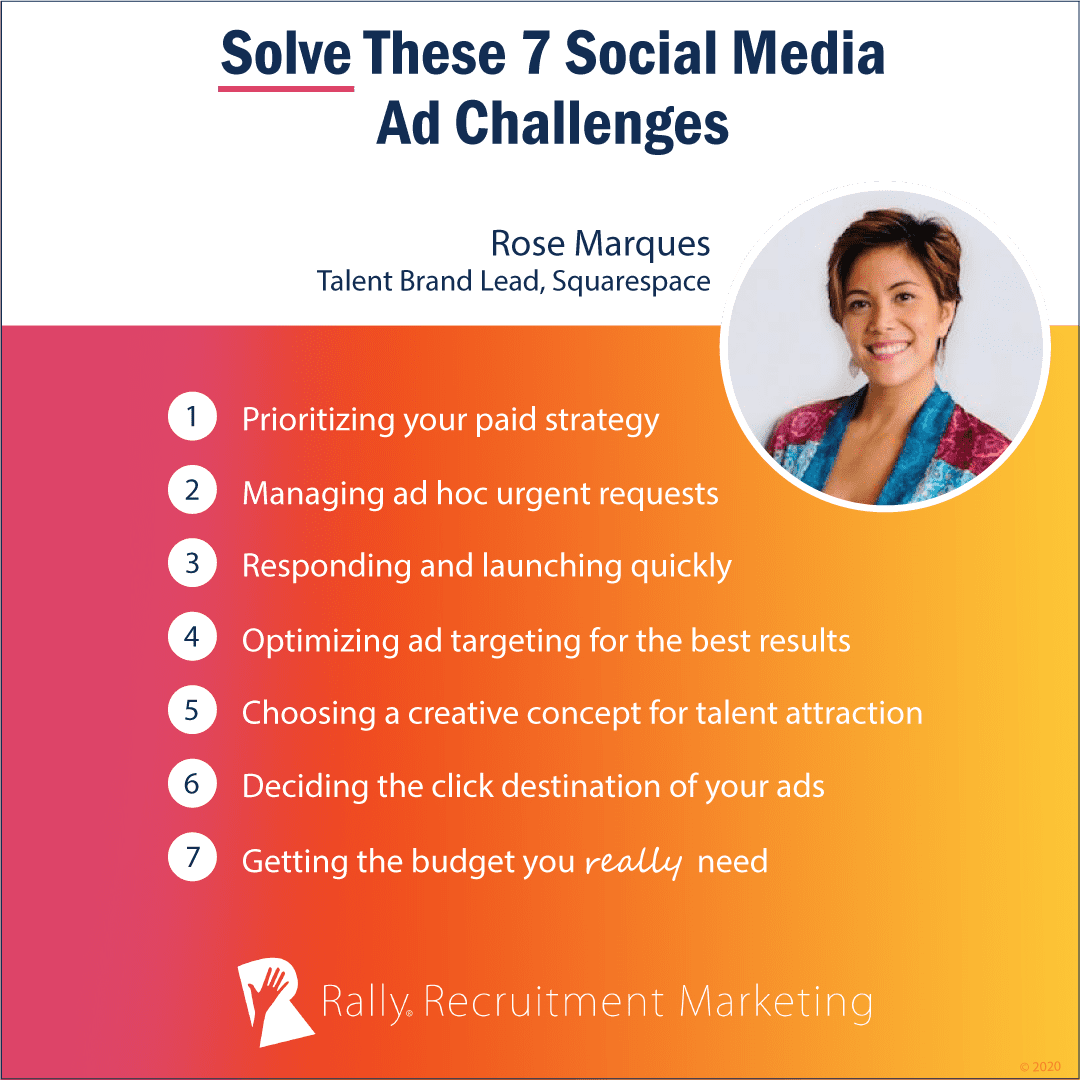
It can be helpful to think about your category when you plan content creation. This keeps your content strategic and on-brand. You can start by asking what your target audience would like to learn about your industry, and then researching your competitors. Listen to your audience and keep up to date on the latest trends. For instructors of Pilates, it might be a good idea to produce content that focuses on cross-training and the benefits.
Goal setting
For a content marketing campaign to be successful, it is important to establish goals. The goal setting process helps you define your content strategy. Your content must be valuable to your target audiences. The time it takes to accomplish each goal should be included. It is important to understand your audience's preferences and needs so that you can create effective content goals. This will ensure that your efforts are successful. Here are some guidelines for setting content marketing objectives:
Monitoring progress

Tracking your progress is essential when you manage content marketing. While you might be able to measure the number of posts you've made, you can also use a timer to stay on track. To track and eliminate unnecessary steps, you can use a project management software. It is also helpful to create a theme for your day so you can keep your mind on the actual task at hand. Tracking your progress will help you know when each task has been completed and when it's time to move on.
Ideation
It is crucial to use creativity in content creation. This helps you generate new content ideas and optimize your marketing campaigns. A great idea can be transformed into many types of content: blog posts, whitepapers, and social media. Ideation can also be used to track the reader's journey and identify which content resonates well with them. It also helps you generate more ideas about the same topic and consolidate your insights. Let's now take a look at examples of content innovation in action.
Ideation for content
The process of creating content ideas can be as simple and straightforward as brainstorming with a few people or more complex like researching your competitors' products. Whatever you decide, the process of ideation is vital to creating valuable content for your audience. There are many ways you can generate content ideas. The process begins with thinking forward. This means that you start with a need/want then build from there. To understand the path to your customer it helps to think in their shoes. This will allow you to create a world and evaluate the value of your product/service.
Ideation for content on social media

When you're a content marketing strategist, you often support a variety of clients, so you're bound to hit a plateau or mental block every now and then. You can find inspiration from others in the industry to get your creativity flowing. You can get ideas by reading case studies and listening to testimonials. It is possible to find an idea on Pinterest, or by looking through your social media feeds. But beware of getting too excited about a new content strategy that you haven't thought of yet!
Email content ideas
The following advice can help you find content ideas for your email marketing campaigns: Think about your customers' needs and wants. Look at the most visited pages on your website to see what content they are most interested in. These pages also serve the same purpose that your email newsletter. A customer's question is an example of content that could work well for email campaigns. The content should be relevant to the customer's concerns. However, it shouldn't contain personal data.
FAQ
How do you create an effective content marketing strategy?
First, decide what type of content you want. This will help you create a content marketing plan that is effective. Next, identify your target market and the ways they use the internet. Next, determine which channels are most effective in reaching your target market. Finally, you will need to choose the right keywords for each channel. Then write compelling copy.
What are the different content strategies available?
Content strategy is a general term that describes all aspects of how content is created, managed, distributed, measured, and optimized for digital channels. It encompasses more than what you post on social networks like Facebook and Twitter. It also includes what content you select to highlight on your blog, website, and other online properties.
Content strategy is essential because it helps you determine where to focus your efforts, what content type you should use and what messages you want to send.
It is about understanding how content fits within the overall business goals to help you achieve them.
How much should I invest in content marketing?
That depends on how many leads you want to generate. Depending on the industry, the average cost of a lead is $5-10. When we started our business, for example, we spent about $20 per lead. Today, we spend about $6-7 per lead.
How does content marketing differ from traditional advertising?
Content marketing is different. Traditional advertising focuses only on getting attention. Traditional advertising is often a waste because most people ignore them. Instead, content marketing is more effective and will lead to higher engagement rates.
Do I need an agent to do Content Marketing
No! There are plenty of tools available online that make it easy to create high-quality content. A premium price is also a common charge for agencies.
Statistics
- Measure your goals with a progress indicator of 0-100%. Make your goals collaborative and transparent (semrush.com)
- According to our research, 65% of companies with very successful content marketing in 2021 ran content audits at least twice a year. (semrush.com)
- We found that 40% of businesses don't have a documented strategy yet. (semrush.com)
- In fact, would pay more for a better customer experience, and 86% of B2B buyers would pay more. (neilpatel.com)
- According to the Content Marketing Institute, 70% of B2B marketers and 86% of B2C marketers surveyed use content marketing in some form or other. (criteo.com)
- Forty-seven percent of buyers view 3 to 5 pieces of content before engaging with a sales representative. (mailchimp.com)
- Seventy-two percent business to business (B2B) (mailchimp.com)
- According to our research, brand awareness, attracting traffic, and generating leads remain the key content marketing goals in 2022. (semrush.com)
External Links
How To
Infographic Creation Tips for Content Marketing
Infographics are a powerful way to simplify complicated concepts, and make information easier to understand. You should use infographics to spread the message about content marketing.
For creating an infographic you'll need software such as Adobe Illustrator and Photoshop. These programs can be used for drawing out shapes and elements to represent data. After that, you can add fonts and colors to make it look professional. Once you have your design ready, upload images from Unsplash or Pixabay to add to it.
You can find inspiration for your own ideas by looking at existing infographics online. For example, if you want to show how many calories are in certain foods, you could take a picture of a food pyramid and replace the numbers with pictures of those foods. You might also want to calculate how many calories are in soda pop. This can be done by taking a picture with a bottle of Coke.
Once you have designed your infographic you can share it via social media channels, such as Facebook or Twitter. This helps people who aren't familiar with the concept learn about it. In order to make others see your infographic, use hashtags when you post it on social media. Users can follow along with specific conversations using hashtags.
Try to make your infographic posts shorter than you normally would if you create one. An average blog post is between 2000 and 5000 words, while an infographic takes 500 to 1000 words. You can communicate more information in less space.
Your infographic should be easy to read for some viewers. You should use large fonts for your infographics. Don't rely too heavily upon color. Also, make sure that all your text is legible.
These are just a few additional tips.
-
Use an infographic template. You can find many templates online or in printed formats. Canva and Piktochart are some of the most popular.
-
Your Infographic is ready. To create your infographic, use the template. You can use whatever media is most appropriate for your audience. An example of this is a infographic that shows the best restaurants in Seattle.
-
Add text. Once you've created your infographic, add text using Microsoft Word, PowerPoint, or Canva.
-
Add Images. You can also add images to your infographic. These images could be photos, charts, graphs or icons. If you want to add a picture, make sure it's relevant to your topic.
-
Make It Interactive. Interactive elements can include buttons, maps, or links. This will allow you to engage your audience.
-
Share. Share your infographic with others on social media such as Facebook, Twitter and LinkedIn.
-
Measure. Your infographic's performance. Did people click through? Are they signing up for your email newsletter? What was their reaction?
-
Improve. Do you think there are ways to improve your infographics What could you do better next year?
-
Repeat. Repeat.